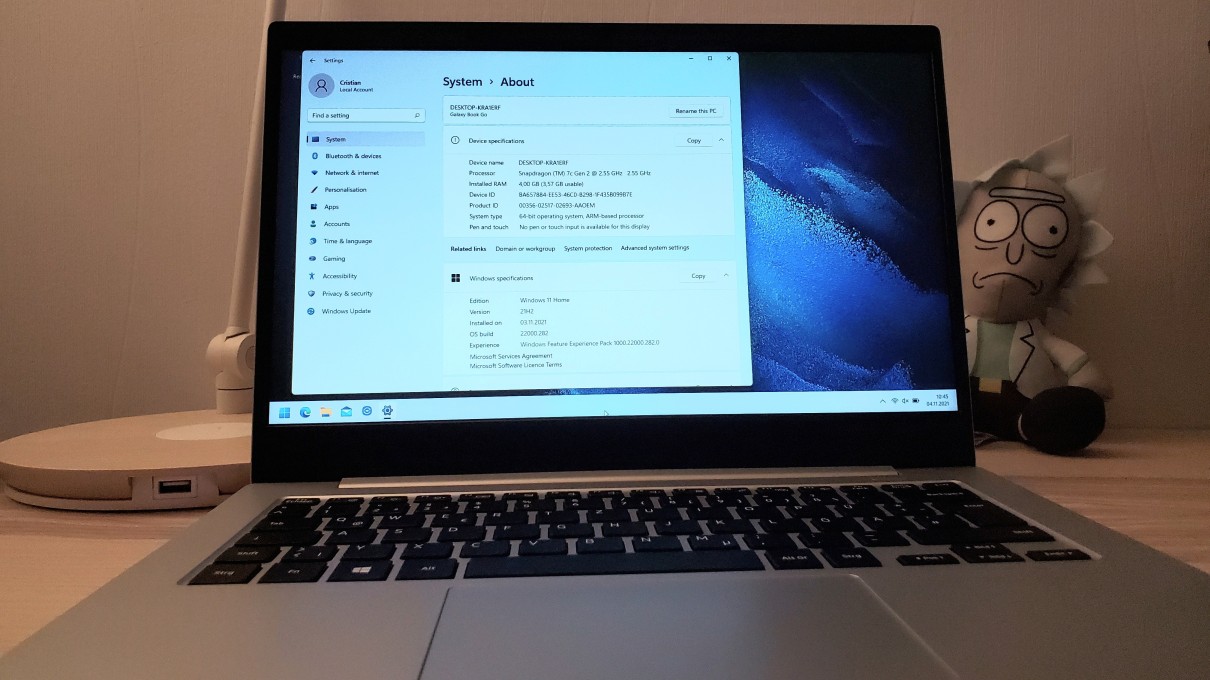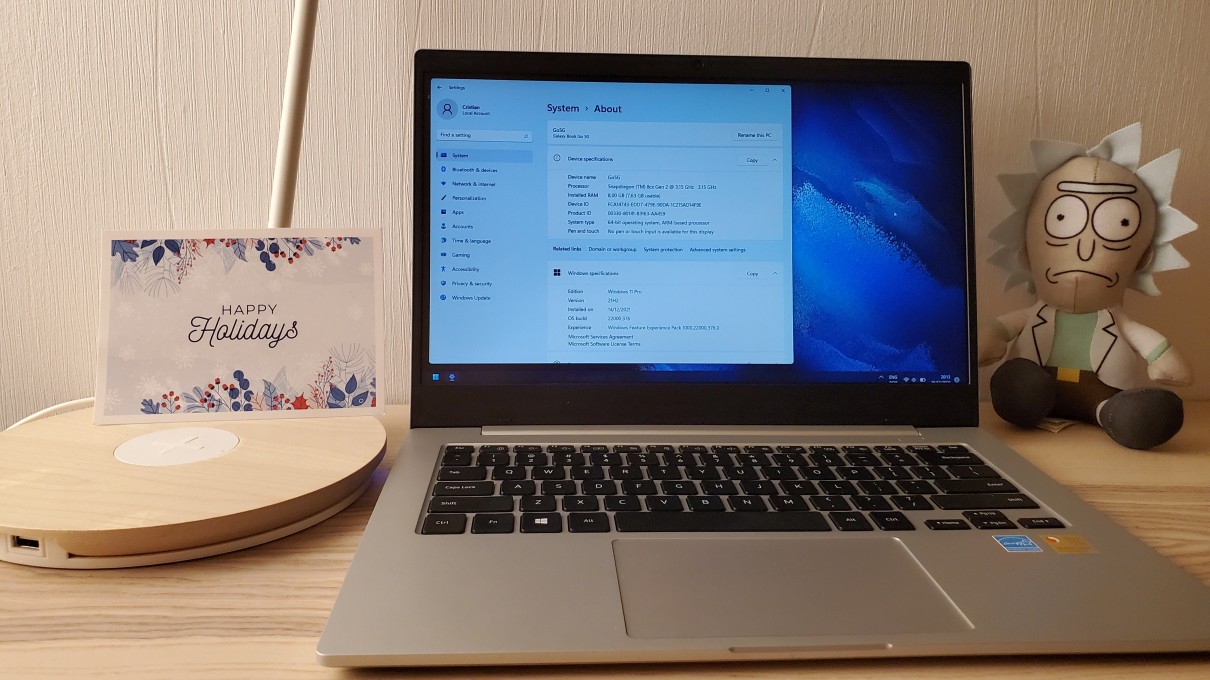We all know the Arm CPU architecture from smartphones, which have a long battery life and passive cooling.
Apple has shown with the M1/2 laptops that you can have a laptop that kicks ass with an Arm CPU.
In November 2021 I had a look to see if there was something like that for Windows.
I found a handful of models. Microsoft Surface Pro X, Lenovo Flex 5G, Acer Spin 7 at prices between 1000 - 1500$, and lastly Samsung Galaxy Book Go 5G at 800$ (400$ on eBay).
Samsung Galaxy Book Go
In Germany I could only buy the Samsung Galaxy Book Go “European” LTE version. Which came with a Qualcomm Snapdragon (TM) 7c Gen 2 CPU, 4GB of RAM and 128GB SSD.
I bought a refurbished model for 300€.
I took 7zip and run 7z -b to benchmark for arm64, x86_64 and x86. The results are here, below you have the arm64 results:
C:\Program Files (Arm)\7-Zip>7z b
7-Zip 21.04 beta (arm64) : Copyright (c) 1999-2021 Igor Pavlov : 2021-11-02
Windows 10.0 22000
ARM64 0 805.D0E cpus:8 128T f:804EB8C1004
LE
1T CPU Freq (MHz): 1931 2549 2550 2493 2488 2549 2545
4T CPU Freq (MHz): 346% 1903 354% 1952
RAM size: 3659 MB, # CPU hardware threads: 8
RAM usage: 1779 MB, # Benchmark threads: 8
Compressing | Decompressing
Dict Speed Usage R/U Rating | Speed Usage R/U Rating
KiB/s % MIPS MIPS | KiB/s % MIPS MIPS
22: 12741 678 1828 12395 | 194291 705 2349 16568
23: 12388 722 1749 12622 | 185160 687 2333 16017
24: 11760 729 1735 12645 | 187951 720 2290 16491
25: 11119 753 1686 12696 | 185261 739 2232 16484
---------------------------------- | ------------------------------
Avr: 12002 720 1750 12590 | 188166 713 2301 16390
Tot: 716 2025 14490
The numbers by themselves do not mean much, but let’s compare them with the Apple M1 results from 7-cpu.com:
| CPU | Compressing MIPS | Decompressing MIPS |
|---|---|---|
| Qualcomm 7c Gen 2 | 12590 | 16390 |
| Apple M1 | 48841 | 45484 |
That’s not that good, isn’t it? Also 4GB of RAM, and 128GB SSD with no means to upgrade, made the offering a bit uncool.
Another thing that I’ve noticed was the screen quality. It wasn’t at the same level as my previous Lenovo laptops. The colors would change depending how I moved my head.
Notebookcheck.net has an article named Samsung Galaxy Book Go in review: Silent office notebook (archive.org copy), and their conclusion:
A better display could have made the Samsung Galaxy Book Go a good and inexpensive notebook.
Samsung Galaxy Book Go 5G
When I found out that Samsung sells the Samsung Galaxy Book Go 5G in USA with better specs, I ordered one from ebay.com for 475€ (70€ customs), and sent back the “European” model.
The better specs were: Qualcomm Snapdragon(TM) 8cx Gen 2, 8GB of RAM and 256 GB SSD.
The 7-zip benchmark results for arm64 are below:
7-Zip 21.06 (arm64) : Copyright (c) 1999-2021 Igor Pavlov : 2021-11-24
Windows 10.0 22000
ARM64 0 805.D0E cpus:8 128T f:804EB8C1004
LE
1T CPU Freq (MHz): 2599 3138 3128 3145 3144 3144 3145
4T CPU Freq (MHz): 398% 3102 398% 3141
RAM size: 7816 MB, # CPU hardware threads: 8
RAM usage: 1779 MB, # Benchmark threads: 8
Compressing | Decompressing
Dict Speed Usage R/U Rating | Speed Usage R/U Rating
KiB/s % MIPS MIPS | KiB/s % MIPS MIPS
22: 23531 683 3349 22891 | 253881 659 3285 21649
23: 24711 758 3323 25178 | 244390 655 3230 21140
24: 22059 731 3243 23719 | 240148 658 3201 21071
25: 21317 756 3220 24340 | 227340 651 3107 20228
---------------------------------- | ------------------------------
Avr: 22904 732 3284 24032 | 241440 656 3206 21022
Tot: 694 3245 22527
Now the comparison table looks like this:
| CPU | Compressing MIPS | Decompressing MIPS |
|---|---|---|
| Qualcomm 7c Gen 2 | 12590 | 16390 |
| Qualcomm 8cx Gen 2 | 24032 | 21022 |
| Apple M1 | 48841 | 45484 |
That’s more like it, but it’s like half of the CPU performance of an Apple M1 
‘Professional’ screen replacement
The Galaxy Book Go 5G had the same problem with the screen. I did a bit of research and found out that the are 14” LCD screens. Because of one YouTube video that showed (a different Galaxy Book) that you had to use a heat gun to replace the LCD, I decided to ask a computer repair shop in Berlin Adlershof to do the work.
Two weeks later and some  from the guy (apparently he had to “cut some braces” to fit the new LCD) and 280€ later I got the laptop with a way better screen.
from the guy (apparently he had to “cut some braces” to fit the new LCD) and 280€ later I got the laptop with a way better screen.
This should have been the end of the story, unfortunately it was just the beginning.
UI freezing
I noticed that the Windows 11 UI would freeze from time to time. Here is a video for me trying to showcase the issue.
At first I thought there was a problem with the Qualcomm Adreno 690 GPU driver. I bought a license of Treexy Driver Fusion for 20€, tested all drivers it had to offer, but the problem was still there.
The weird issue was that the stock Windows graphics driver was fine, but I had no graphics acceleration and no screen dimming anymore. Bypassing the LCD connecting to an external monitor via USB-C was fine.
Then I thought there was a problem with the EDID LCD parameters, like refresh rate and what not. It was not.
Then I decided to reinstall Windows.
Windows reinstallation #1
Windows reinstallation was not as easy as one would think. Samsung was not offering a way to download a Windows ISO image for the laptop, something that Lenovo offers.
Microsoft was also not offering an Arm64 Windows 11 ISO image for download:
The Windows 11 ISO is only available for devices with x64 processors. For ARM-based PCs, you should wait until you are notified through Windows Update that the upgrade is ready for your PC.
The internet wisdom was: look at pictures of Microsoft Surface Pro X on ebay, get a serial number and then download a recovery image.
You need a USB Ethernet adapter to get Windows update to fetch the right drivers after Windows installation. Did this, got Windows 10 to work, but no luck, the problem persisted.
Then I looked at the parameters of the LCD that the repair shop installed N140HCR-GA2, and a different LCD that used half the power N140HCE-EN2. The important part was the signal interface 20455-030E-76.
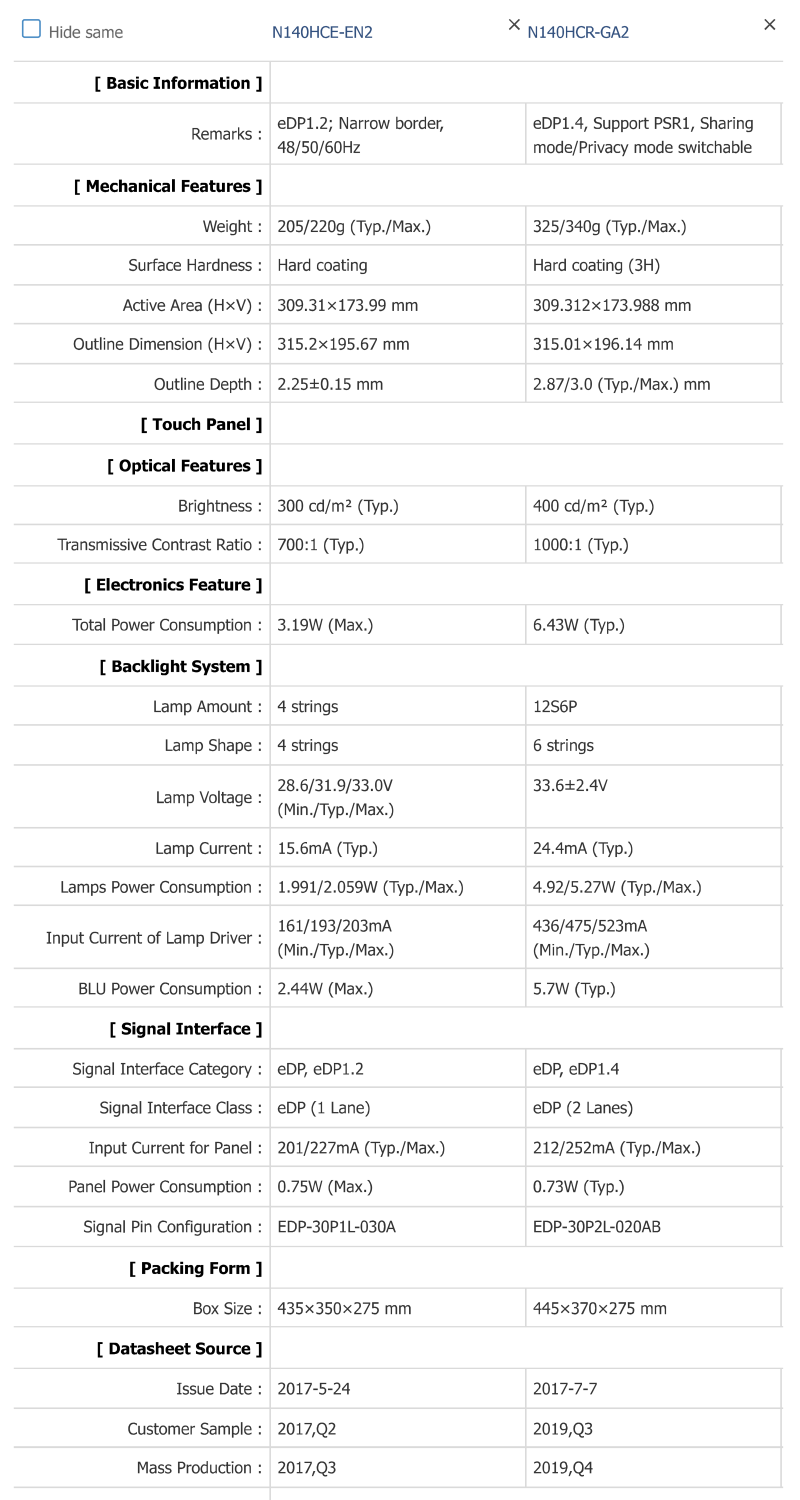
So I decided to buy a N140HCE-EN2 LCD from eBay for 84€ and 10€ for an iFixit repair kit.
Did the replacement myself and … GREAT SUCCESS. The UI freeze was gone! 
Windows reinstallation #2
Because I have installed Windows via a Microsoft Surface Pro X image, and even though Windows has picked up the Samsung driver package, some things were tuned differently.
The first problem that I’ve encountered: USB-C ports were not working. This was a bummer since I had moved a 512GB M.2 drive into a USB-C enclosure.
I decided to use a different Surface Pro X serial key and recovery image.
This time the USB-C ports were working 
But soon I’ve got random Windows 11 blue screens of death with the CLOCK_WATCHDOG_TIMEOUT as main culprit!

I’ve ran all the Windows 11 troubleshooters, but nothing helped. 
Since there was no way for me to get a Windows 11 clean Arm64 ISO image, I decided to order another Samsung Galaxy Book Go 5G from eBay USA for 332€ 
My idea was to get the Windows installation from the new laptop.
Clean Windows reinstallation
By using UUP Dump you can create a Arm64 ISO image. I have tried such an ISO image multiple times, but my problem was that at installation time there was no mouse and keyboard support. I was not able to actually do the Windows installation.
While waiting for the second Galaxy Book Go 5G to arrive, I’ve tried something else. I’ve used a USB 2A hub to connect the USB with Windows 11 and a mouse and keyboard.
This actually WORKED 
I was able to do a clean install of Windows 11, with USB-C port working and not having random reboots!
At installation I had to press Shift-F10 to open a command prompt window, run regedit, add the LabConfig key under HKEY_LOCAL_MACHINE\SYSTEM\Setup, add the values BypassTPMCheck, BypassRAMCheck, BypassSecureBootCheck as 1 (32 bit DWORD).
Second LCD replacement
After receiving the second Samsung Galaxy Book Go 5G I decided to replace the LCD (80€) and make some pictures this time:
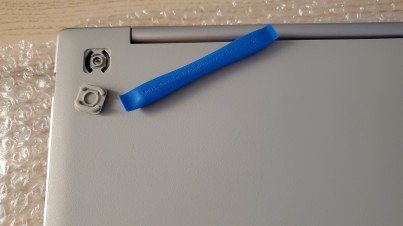 |
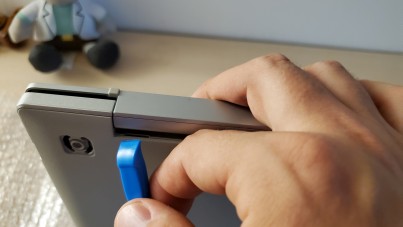 |
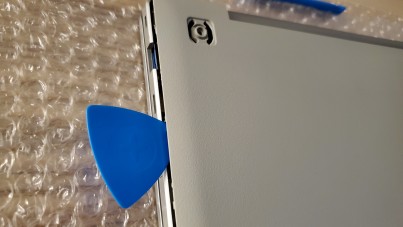 |
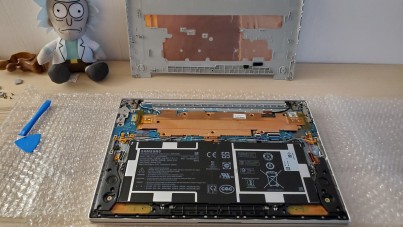 |
 |
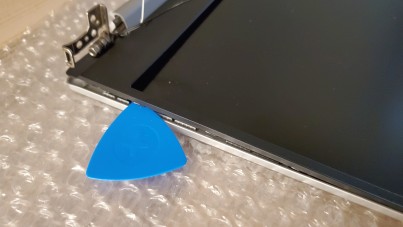 |
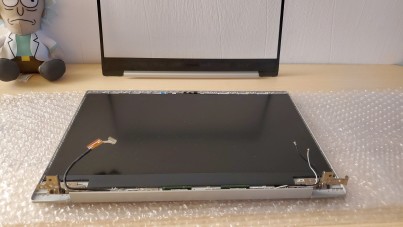 |
 |
 |
Now I was also able to find out which LCD Samsung used for the Galaxy Book Go 5G, namely a B140HTN02.0. Below you have the comparison to the LCD I picked:
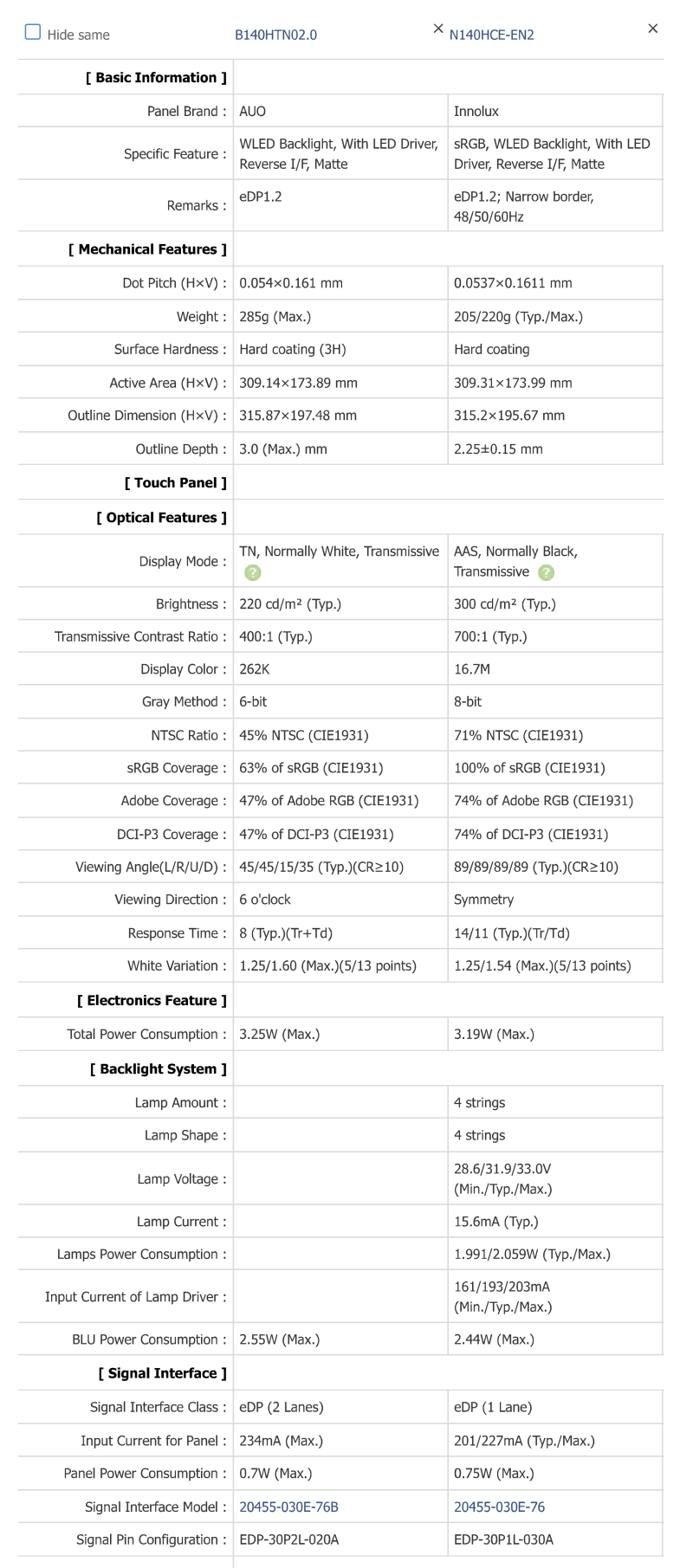
Some more benchmarks
Edge running as a native Arm64 application with Speedometer2.0:
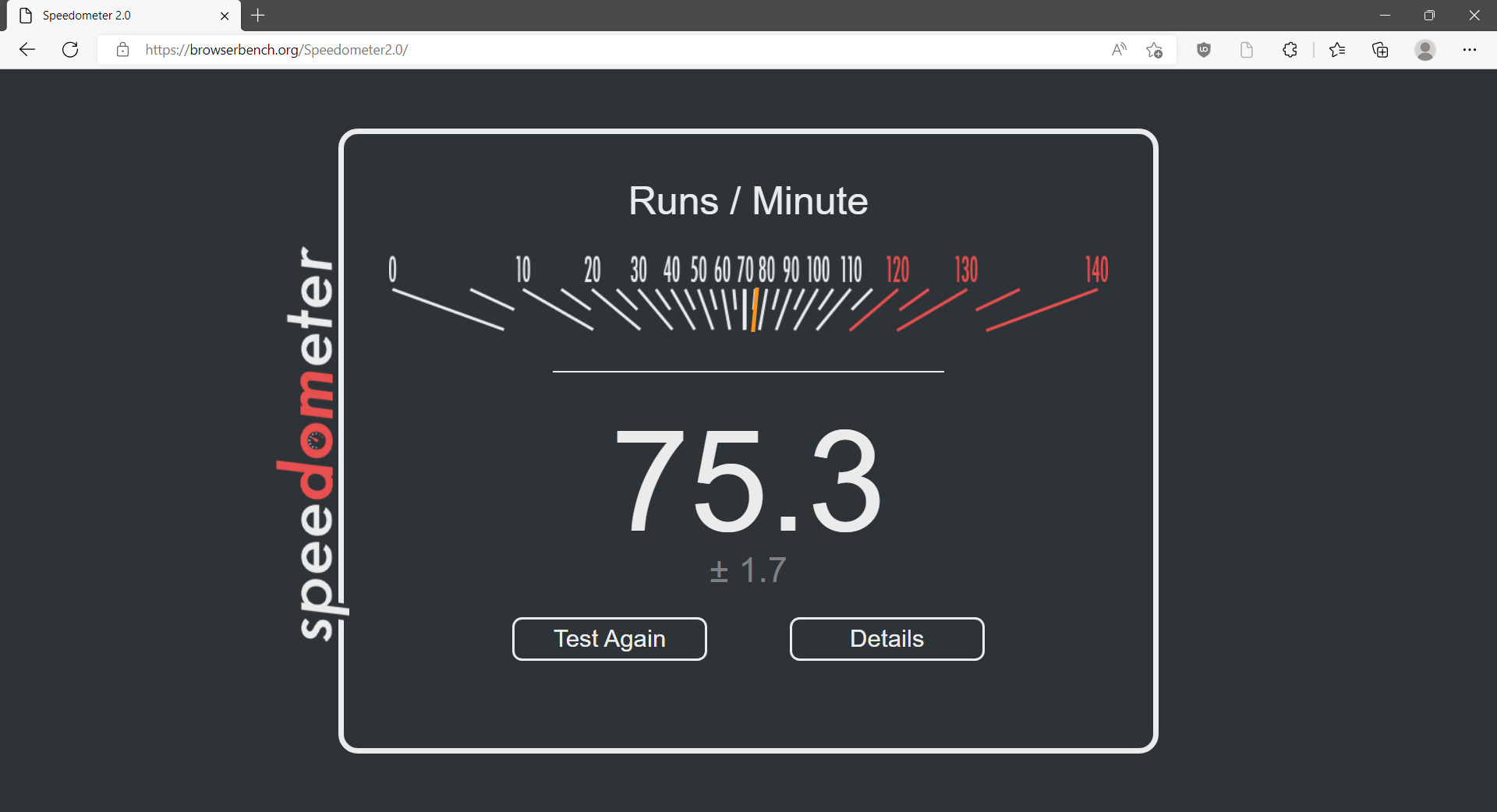
CrystalDiskMark 8.0.4:
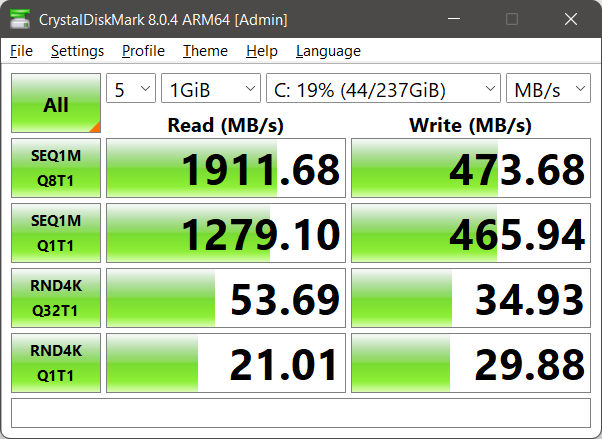
Real life usage
I have been using the Samsung Galaxy Book Go 5G as a main laptop at home for a few months now. Mainly browsing, and RDP-ing into a Ryzen 9 machine.
But I have also built Qt Creator 9 and its dependencies: Qt 6.4 and LLVM 15.0 with it. It’s not that fast, and not having all the tools as native Arm64 doesn’t help with performance. Microsoft did release Arm64 Visual Studio recently though.
It has a plastic feel to it, not very solid, seems more like a toy. The keyboard is not that great, but it has proper left Ctrl and Fn keys and no Print Screen key close to the right Alt key. I had to reduce the keyboard repeat rate so that I would have lleess double kkeys.
I had to disable all touchpad gestures, because it would emit fake taps. But I got used to clicking on the low part of the touchpad.
I do like the screen and the fact that it’s a 14” device. The sad part is that you can’t upgrade anything on the device, and the CPU is not on par with what Apple has to offer.
All in all I’ve spent 1281€, for which I could have bought a Apple MacBook Air Midnight, M2 - 8 Core CPU / 8 Core GPU, 8GB RAM, 256GB SSD priced at 1274€, but I wouldn’t have had so much fun 
